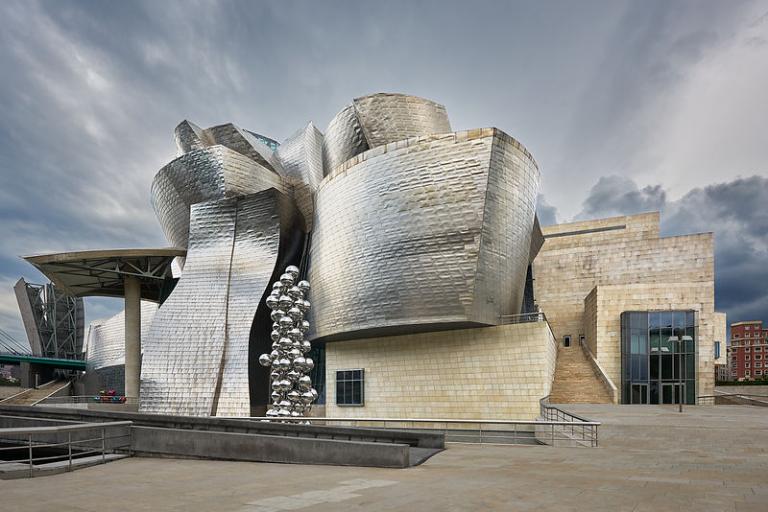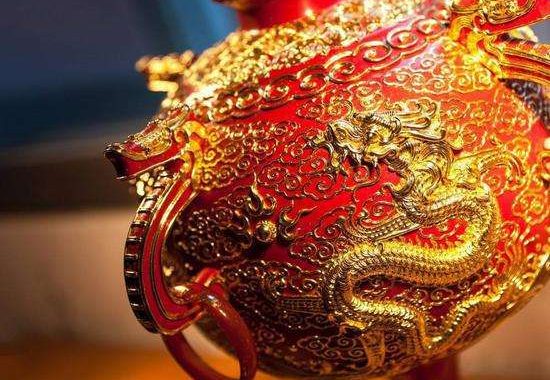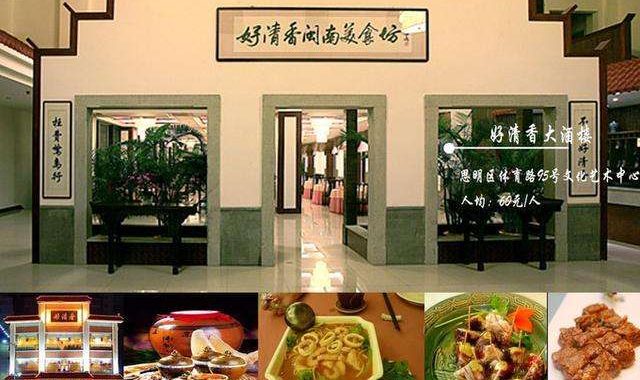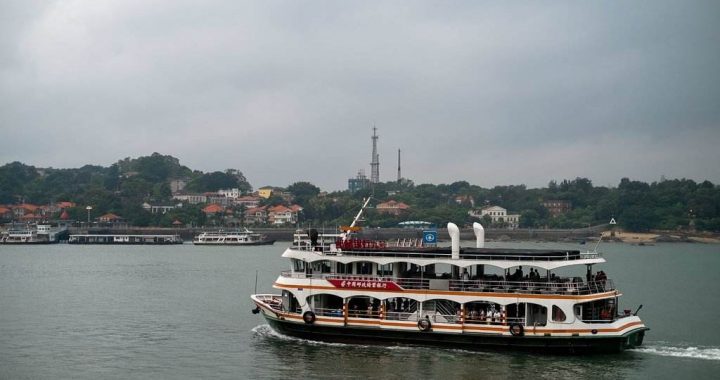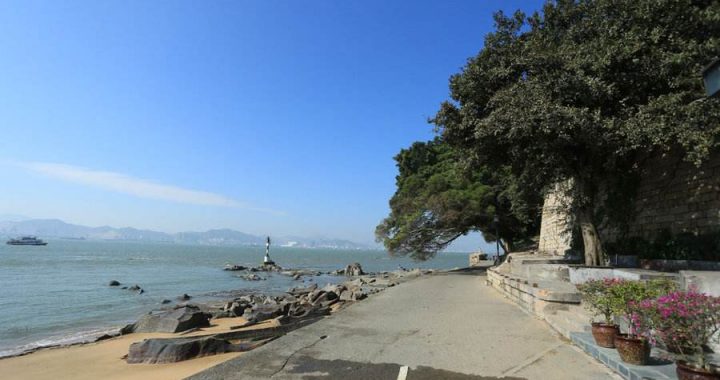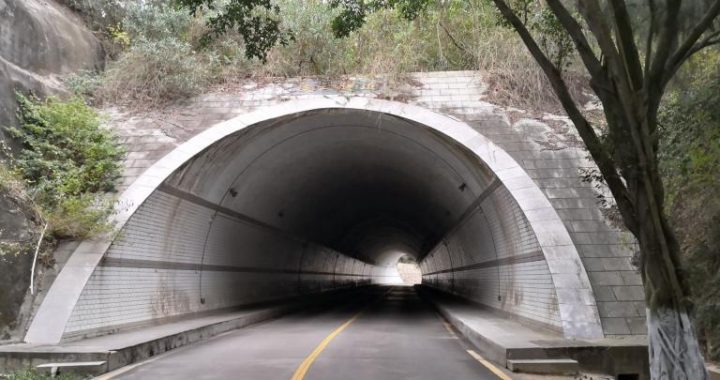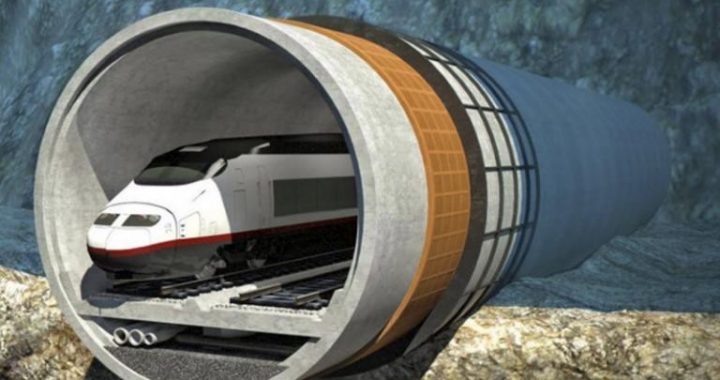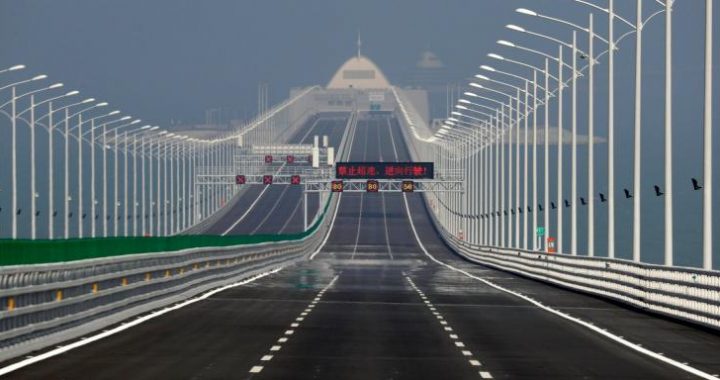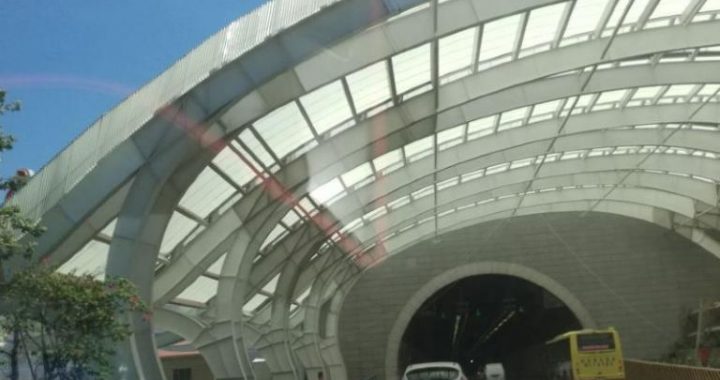Museums Libraries
4 min readXiamen has 139 protected cultural and historical sites,18 historical temples and churches,and dozens of museums.
Xiamen even has 533 protected ancient or famous trees,which is good for me.I was born in China’s Year of the Monkey,and am often up a tree.It is reassuring that our trees are protected,even if I am not.
Xiamen has China’s only bridge museum,its first anthropology museum,a military museum,a Sino-European art museum,weather museum and science center,and memorials to famous folk like Koxinga,Lixun and Lin Yutang.
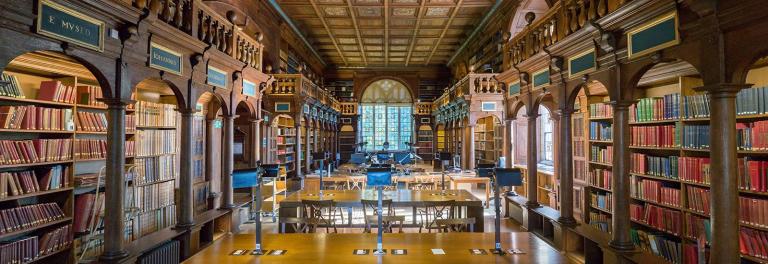
Gulangyu Islet has Asia’s largest piano museum and an organ museum that is planned to be the world’s largest.And Gulangyu itself is a world-class open-air museum of international architecture,with hundreds of 19th and early 20th century“Amoy Deco”mansions a vivid reminder of the“Roaring Twenties,”which roared louder in “the richest square mile on earth”than anywhere on the planet.
To the right of XMU’s Anthropology Museum is a statue of its founder,Lixun,pen name of Zhou Shuren(1881-1936).The“Father of Modern Chinese Literature,”Lixun broke ancient literary tradition with his first story,”Madman’s Diary,”in which he dared to write just as freely and informally as he spoke.
For millennia,Chinese scholars won their public offices by mastering Confucian and Taoist classics,and writing brilliant essays about brilliant essays written by forebears.Their ossified written Chinese was stylistic and terse-totally unlikeoral Chinese,which lives,breathes,and changes constantly.So Luxun determined to breathe life into written Chinese.
Luxun reminds me of William Tyndale(1494-1536),who angered priests by translatingthe Bible from Latin into the common English of peasants.Unlike Tyndale,Luxun wasnot burned at the stake,but his Confucian colleagues may well have wished to burn his books,if not their cantankerous author.
Lixun taught in XMU a few months in late 1926,but deplored the professors’constant bickering and politicking.Of course,Luxun bickered back,but in writing-endearing himself to his enemies with such cutting essays as“How to Write?”And having said his piece,and having shredded what little peace remained to XMU,he packed up and moved to Guingzhou in January,1927.
The Luxun Memorial Hall,just inside XMU’s main gate,has many mementos,including a Lixun essay and postcard to his sweetheart,which XMU professor Zheng Qiwu claims has the same calligraphy as XMU’s official seal of Universatis Amoinsis.I wouldn’t be surprised.It takes a character to write a character.Or,as Confucius once said,“Different strokes for different folks.”
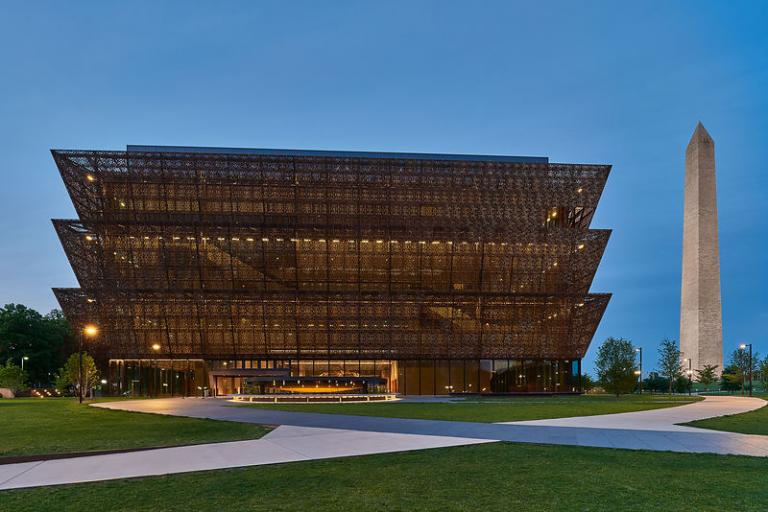
Luxun was a study in contrasts.He embraced change but also highly valuedChina’s rich heritage.The“Father of Modern Chinese Literature was also the “father”of New China’s first Anthropology Museum.”In 1926,Luxun held a cultural relic exhibition at XMU,and set up a Cultural Exhibition Center in the School of Chinese Studies.Though he left soon after,he at least had got the ball rolling.In 1934,Professor Lin Huixiong(林惠祥)created a Director’s Office for the Anthropology Museum,Xiamen,and after 1949 donated his cultural relics and books to the university.
In 1953,XMU opened China’s first anthropology museum as a base for anthropological research,teaching and social education.The center has studied the New Stone Age era of Taiwan and S.E.China(mainly Fujian),relations between the ancient Yue,She,Gaoshan,and S.E.nationalities,ancient kilns(Quanzhou’s Dehud was one of China’s four ancient centers of porcelain),and ancient marine transport in S.E.Asia and China-especially Qudnzhou(start of the Maritime Silk Route;Marco Polo’s port of departure,60 km.north of Xiamen).
The 3 main divisions-Hall of Genesis,Hall of Cultural Evolution,and Hall of National Relics from Home and Abroad-include a corridor of steles,32 exhibition rooms,over 7000 books or journals,and 4,575 ancient and modern exhibits,includin Stone Age artifacts,ancient currency,porcelain,paintings,weapons,sculptures,calligraphy,etc.The National Relics Hall has cultural relics from China,India,Australia,and South East Asian countries.Phone ahead;it is often closed.
Lin Yitang Memorial Hall When Lin,one of my favorite authors,passed away in March,1976,at the age of 80,the New York Times obituary noted,Lin Yutang’s Desk “Lin Yitang,poet,novelist,historian and philosopher,had no peer as an interpreter to Western minds of the customs,aspirations,fears and thoughts of his people and their country,China,the great and tragic land.”
The Lin Yatang Memorial hall,on XMU library’s third floor,has Lin’s desk and an extensive collection of his books and photos(including several of Lin and Lixun together).Read more about Lin Yutang in“Discover Gulangyu,”and view the couple dozen photos of him at www.amoymagic.com.
Chinese European Art Center
Seeing as how it was the Dutch who opened up Xiamen a few centuries ago,its apropos that they are in the forefront of opening Xiamen yet again-this time to European culture and arts.
Ms.Ineke Gudmundsson and XMU Art College opened the Center in 1999.
Exhibitors have included such respected European and Chinese artists as Teun Hock,JCJ Vanderheyden,Pieter Holstein,Marcel Kalksma and Arni Gudmundson,Xie Lai,Wu Yiming and Wen Bin.
When I visited the art center,Jean Bernard Koeman was busy with a hand drill preparing his riveting exhibit,“Mental Architecture-a Travel SurvivalKit.”which consisted of photos and Chinese characters in oddly designed cubicles(designed,he said,to fit well in planes,and to form a sphere when stacked).I was a bit too much architecture for my mental capacities,or lack thereof,but I enjoyed the photos,and Koeman’s infectious enthusiasm.
I asked why XMU doesn’t have an American-Chinese Center and they said we Americans don’t have any culture,but which isn’t entirely true.I’m American,and I have yoghurt cultures in my refrigerator.
